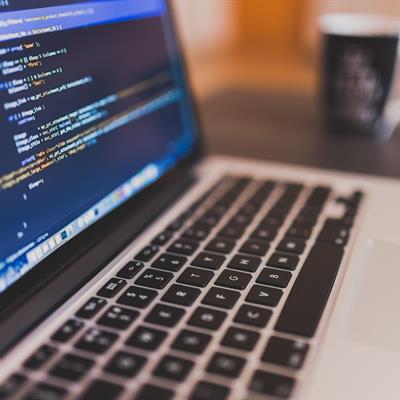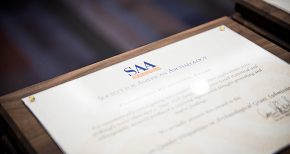
Registration Closed!
3D Morphometrics for Archaeologists
When: March 26, 2018 2:00-4:00 PM ET
Duration: 2 hours
Certification: RPA-certified
Pricing
Individual Registration: $99 for SAA members; $139 for non-members
Group Registration: $139 for SAA members; $179 for non-members
Dr. Erik Otárola-Castillo is Assistant Professor of Anthropology at Purdue University. He specializes in Computational Anthropology/Archaeology. He has been a developer of geometric morphometric methods (GM) since 2008. At Purdue University, he teaches undergraduate and graduate courses on statistical and computational methods. He is a founding co-developer of “geomorph,” a popular GM software in the R programming environment. He is the main developer of “GUImorph” a GM software that allows users to conduct GM analyses in R through an easy to use Graphical User Interface (GUI).
Melissa G. Torquato is a graduate student in Anthropology at Purdue University, specializing in data management and modeling and geometric morphometrics. Since 2014, she has used computational methods to answer questions related to behavioral and morphological variation in humans.
- Collect 3D morphometric data
- Conduct a limited range of analyses
- Visualize morphometric patterns


